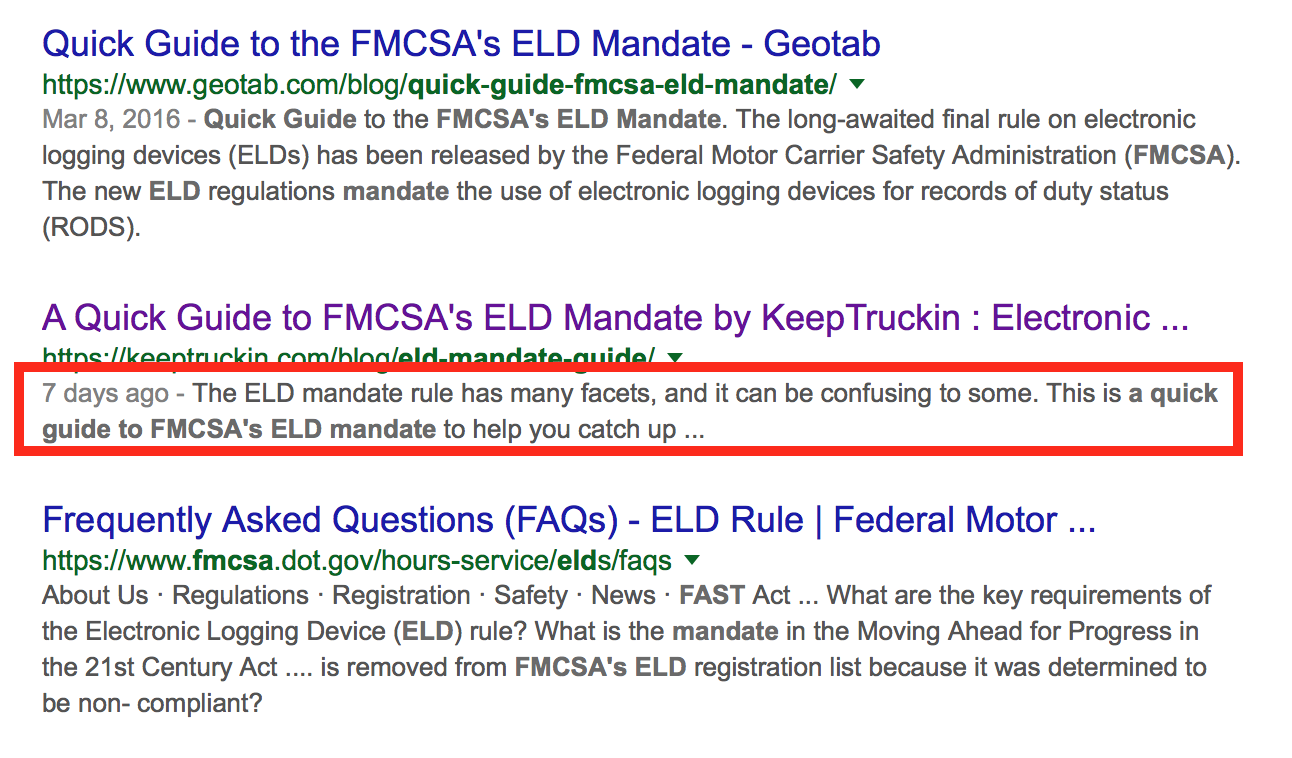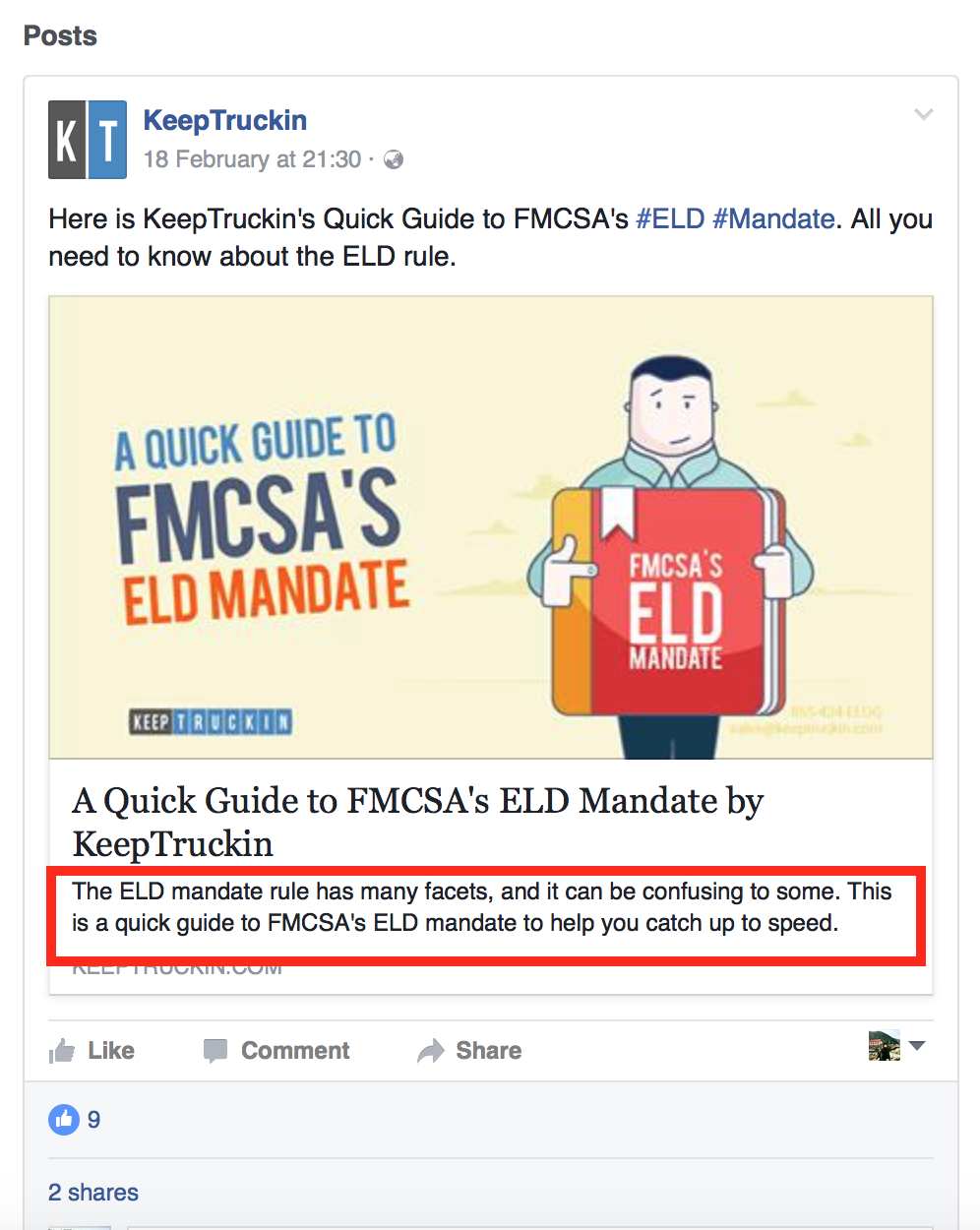As you must know that search engine optimization or SEO is usually divided into two categories:
On-page SEO
Off-page SEO
Off-page SEO usually happens at the backend. It is mostly about generating backlinks to your website that helps it climb the search engine rankings.
Conversely, on-page SEO happens at the forefront. It is usually about including keywords in the right places of your web page, e.g., contents of the page/blog post, headings, and meta title tag and meta description.
Although some SEO professionals consider meta title tags and meta descriptions to be outdated methods of search engine optimization, they still contain a lot of value. Simply put, you can’t expect to rank a website on top of Google’s first page just because you wrote great meta title tags and meta descriptions. However, if you don’t write good meta title tags and meta descriptions, you may hurt your chances to climb to that top spot in SERPs (search engine results pages).
As you can see, meta title tags and meta descriptions are still important. In fact, this is very basic SEO stuff that you are always supposed to do right. So if you are looking into SEO as a beginner, it is absolutely necessary that you understand what meta title tags and meta description are, and how to write them for search engine optimization.
What are you going to learn today?
In this post, we are going to talk about the following:
What are meta tags?
What is a title tag?
What is a meta description?
How to add title tags and meta descriptions?
How to write great title tags and meta descriptions?
In the end, we will also share with you a brief checklist that you can use every time you write meta title tags and meta descriptions.
Let’s get started from the top.
What are meta tags?
When we talk about meta tags, we generally talk about the following two HTML elements:
Title tags
Meta descriptions
Let’s see what title tags and meta descriptions are.
What is a title tag?
The title tag for any web page can appear and be used in multiple places. For example, the tab in your web browser.
Also, when you share contents on social media websites, this title tag will also appear there.
These title tags also appear in search engine results pages — an important point considering you’re optimizing your website for search engines.
Now that you have understood the concept of meta title tags let’s discuss what meta descriptions are.
Where does meta descriptions appear?
Meta descriptions usually appear in search engines results pages.
Additionally, social media websites also fetch this meta description when your web pages get shared on them.

How to add meta title tags and meta descriptions?
As mentioned earlier, each web page should have a different meta title tag and meta description. It is an important SEO practice. Having duplicate title tags and meta descriptions can negatively impact your website’s search engine rankings.
There are multiple ways to add meta title tags and meta descriptions: you can either use a plugin or add the code directly to the web page.
If you are using an SEO plugin, like the famous Yoast SEO plugin in WordPress, the whole process of adding meta title tags and meta descriptions becomes a lot simpler.
Adding title tags and meta descriptions in WordPress with Yoast SEO
After you install the Yoast SEO plugin on your WordPress website, you will see a Yoast SEO window at the end of each post.
Include the title tag in the ‘SEO Title’ field and the meta description in the ‘Meta Description’ field.
Examples of good and bad meta tags
Here are a few examples of good and bad meta tags. Notice how they are different from each other.
Following is the perfect example of how you should write meta tags, i.e., title tags and meta descriptions.

And following is a bad example. You should not create your meta tags like these.

How to write great title tags and meta descriptions?
Meta tags need to be clear, concise and keyword rich. There is a fine line between bad meta tags and great meta tags.
Here are a few proven tips to follow when writing title tags and meta descriptions for your next blog post:
Pick your most important keyword. Make sure it appears in the title tag as well as the meta description.
Don’t stuff random keywords in there. Make sure that your title tags and meta descriptions are making sense and are fully readable.
Keep title tags less than 55 characters.
Keep meta descriptions less than 150 characters.
Include a call-to-action wherever possible in the meta description for higher clicks and more traffic views.
Checklist for title tags and meta descriptions
It is easy to ignore the important requirements when writing title tags and meta descriptions. Following is a 5-point checklist for your assistance.
Use this checklist whenever you write meta tags.
Is my title tag less than 55 characters?
Is my meta description less than 150 characters?
Is my most important keyword for the page appearing in its title tag and meta description?
Is the meta description understandable and grammatically correct?
Is there a call-to-action in it that would encourage more readers to click on it?
Final Words
Meta title tags and meta descriptions are still valuable. They are not only important for search engines, but human visitors also find them useful from time to time.
Use the various tips mentioned in this post to perfect the art of writing meta tags.
If you have any questions, please contact us.
.png?auto=compress,format)